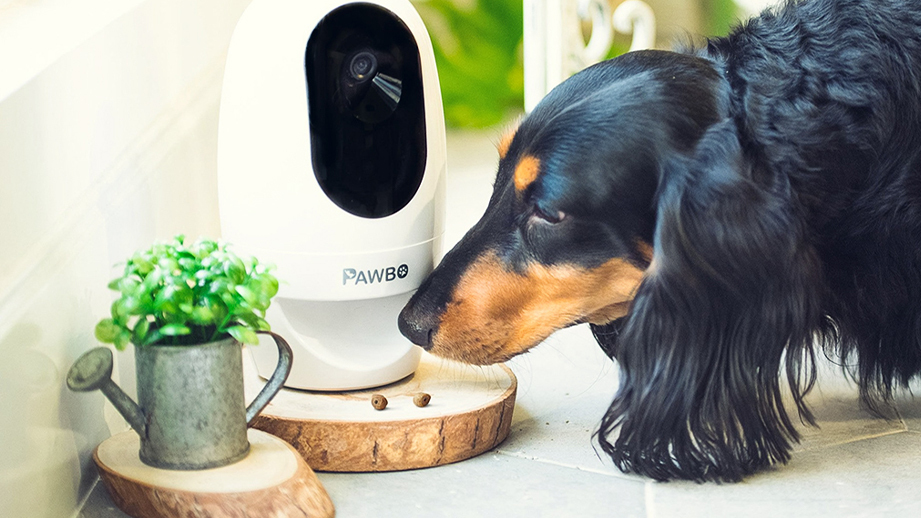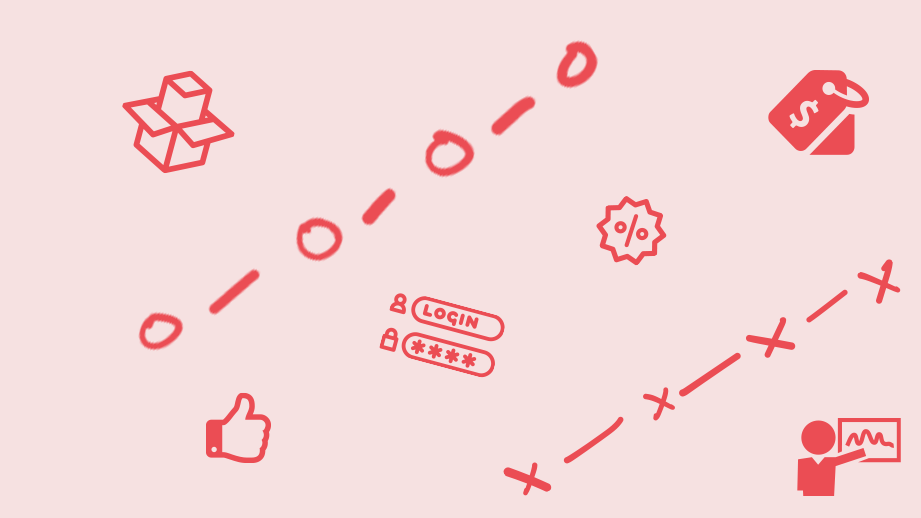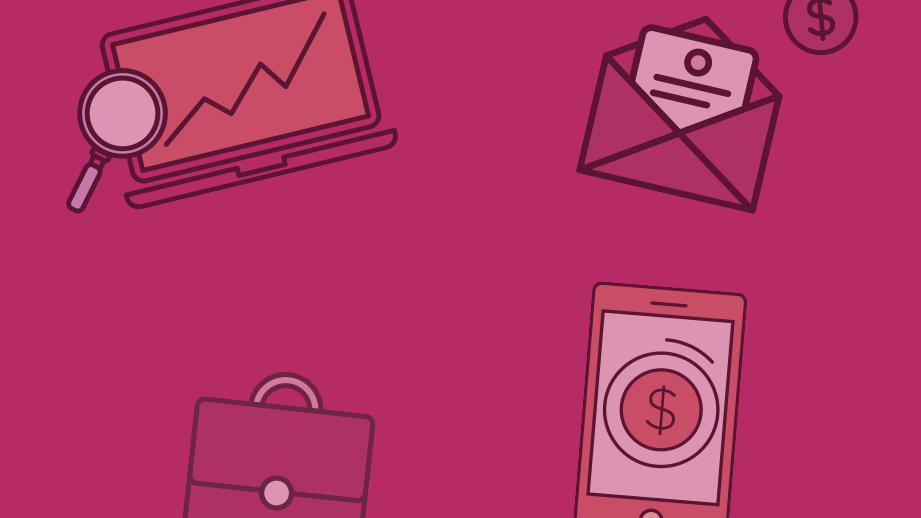How to Delight Your Customers Throughout The Buyer's Journey
Marketing is all about understanding the needs and wants of your target audience. By leveraging this knowledge, businesses can build stronger relationships and drive sales and revenue. A critical component of this understanding lies in knowing where your leads are in the buying process, often referred to as the buyer’s journey or lifecycle stages. Tailoring your content to align with each lead's stage in this journey can optimize the coordination between sales and marketing, creating a more seamless experience for both your brand and your customers.
What is the buyer’s journey?
The buyer’s journey is exactly what it sounds like: the path a customer takes before, during, and after purchasing your product or service. This journey is not a one-size-fits-all process; it varies from brand to brand and customer to customer. Because consumers are more informed and empowered than ever, it’s important to deeply understand your buyer persona and their journey so you can create content that helps them along that way, while positioning your brand as an authority in your space.
In this blog, we will explore the key stages of the buyer’s journey and how you can delight your customers at each phase:
1. Awareness
At this initial stage, potential customers realize they have a problem or need. They are not yet looking for specific solutions; instead, they are seeking information to understand and define their problem better and are doing some research around the issue, aiming to understand their pain point better.
As a marketer, your goal during the awareness stage is to educate and inform, positioning your brand as a helpful resource. It's your opportunity to provide valuable content that educates and informs, capturing their interest. It’s important you don’t try to sell directly to the customer at this point. Of course, a sale is the end goal, but there are very few customers who will buy a product they have never heard of, from a brand they don’t know, after the very first touchpoint.
Putting decision-stage ads and content in front of people that aren’t yet ready to see them is a mistake that so many brands make. Instead, you should be laying the foundations of product knowledge prior to the ‘hard-sell’. This will ensure that when the time comes to close the deal, things run a lot smoother.
Example of awareness stage in a buyer's journey: A marketing manager realizes that their current methods of tracking the performance of their marketing campaigns are inadequate. They are experiencing challenges in consolidating data from various sources, understanding which campaigns are driving the most engagement, and identifying areas for improvement. This manager knows that better insights into campaign performance could lead to more effective marketing strategies, but they aren’t aware of specific solutions or tools that can help.
Examples of content in the awareness stage:
- Blog posts
- Infographics
- Ebooks
- Webinars
- Podcasts
- Ads
- Videos
During the awareness stage, potential buyers often search for answers to their questions on Google. To capture their interest, create content that ranks highly for relevant keywords. Research your target audience to understand the specific questions they are likely to ask and tailor your content accordingly.
Within these pieces of content, it’s important to add a call-to-action (CTA). Keep some of your content gated and offer them great knowledge in return for an email address. This is how you get these potential customers to move onto the consideration stage.
2. Consideration
At the consideration stage, potential customers have clearly defined their problem or need and are now exploring possible solutions. They are actively seeking out different approaches, tools, and services that can help them address their pain points. This is when they begin to compare various options and evaluate the pros and cons of each.
The main goal during the consideration stage is to position your product or service as the best solution to their problem. This is your chance to provide detailed, solution-oriented content that highlights how your offerings can meet their needs. Remember, at this stage, potential customers are also considering your competitors. Highlight what makes you stand out, identify your key differentiator and clearly convey this in your content.
Example of the consideration stage in a buyer's journey: The marketing manager, having identified that their current campaign tracking methods are inadequate, is now looking into various marketing analytics platforms. They are comparing features, ease of use, integration capabilities, and cost-effectiveness of different solutions. They are searching for content that can help them make an informed decision on which platform to choose.
Examples of content in the consideration stage:
- Comparison guides
- Case studies
- Product demos and tutorials
- FAQ’s
- Webinars
You can definitely still make use of all that great informative content you created for the awareness stage but, on top of that, you need to think more about what could help you to close the deal. The goal is to help potential customers see how your product or service stands out from the competition and why it is the best fit for their needs.
3. Decision
At the decision stage, potential customers are now ready to make a purchase. They have researched various solutions and are now narrowing down their options. This is the critical point where they evaluate the final contenders and decide which product or service will best address their needs.
Aim to provide compelling reasons and the necessary assurances to choose your product or service. This is where you emphasize your unique selling points, showcase customer success stories, and offer incentives to help close the deal. Providing proof that your product or service does exactly what you say it will do is key to your prospect during this decision stage.

Source: PowerReviews
Example of the decision stage in the buyer’s journey: The marketing manager has shortlisted a few marketing analytics platforms. They are now looking for specific details that will help them make the final decision, such as customer testimonials, in-depth feature comparisons, and any guarantees or support options that accompany the purchase.
Examples of content in the decision stage:
- Customer testimonials and reviews
- Case studies
- Free trials and demos
- ROI calculators
- Discounts and offers
This type of detailed and persuasive content effectively supports potential customers in their decision-making process, reinforcing why your product or service is the optimal choice and encouraging them to take the final step towards purchase.
4. Retention
At the retention stage, the focus shifts from acquiring new customers to keeping the ones you already have. This is where you work to ensure that your customers continue to see value in your product or service and remain satisfied with their purchase. Loyal, returning customers are where the profits are, and they add so much more value to your business than one-off purchases. It’s all about quality over quantity. Successful retention strategies lead to repeat business, reduced churn rates, and increased customer loyalty.

Source: Forbes
Your goal during the retention stage is to maintain a strong relationship with your customers by providing ongoing support, valuable updates, and engaging content. This helps reinforce their decision and encourages them to continue using your product or service.
Example of the retention stage in the buyer’s journey: The marketing manager who chose their marketing analytics platform is now using it regularly. To ensure they remain satisfied and continue to see the value, you need to provide consistent support, product updates and provide new, engaging ways to use the platform effectively.
Examples of content in the retention stage:
- Product-focused webinars and workshops
- Regular product updates and newsletters
- Customer support resources
- Exclusive loyalty programs
- User communities and forums
- Feedback and surveys
This type of content and resources keeps your customers engaged, helps them get the most out of your product or service, and reinforces the value that your brand brings to their business. This, in turn, enhances customer satisfaction and loyalty, ensuring they continue to choose you as their trusted brand.
5. Loyalty and advocacy
At the loyalty and advocacy stage, your customers are not just satisfied; they are enthusiastic supporters of your brand. These customers are likely to make repeat purchases and recommend your product or service to others. Building a strong base of loyal advocates can significantly amplify your marketing efforts through word-of-mouth and organic promotion.
As a marketer, your goal during the loyalty and advocacy stage is to nurture these relationships by recognizing and rewarding loyalty, encouraging advocacy, and continuously engaging your most dedicated customers. This helps to turn satisfied customers into brand ambassadors who actively promote your business.

Source: Acquia
Example of the loyalty stage in the buyer’s journey: The marketing manager who has been using your product for a while is now a passionate advocate of the platform. They regularly share their positive experiences and success stories with peers, contributing to the brand’s reputation and attracting new potential customers.
Examples of content in the loyalty and advocacy stage:
- Customer loyalty programs
- Referral programs
- Exclusive content and events
- Case study collaborations
- User-generated content campaigns
- Community engagement
This type of content can effectively foster loyalty and encourage advocacy among your customers. Recognizing and rewarding their support not only strengthens their connection to your brand but also motivates them to share their positive experiences with others, helping to organically grow your customer base.
Conclusion
Tailoring your marketing content based on the buyer’s journey ensures a smoother and more effective process. Every customer has unique needs and wants depending on their lifecycle stage, so it’s crucial that your content caters to each buyer persona at every stage of the journey. While mapping out and creating the necessary content may initially seem like a significant undertaking, it will ultimately enhance your marketing strategy and bring substantial benefits to your business.
Hurree can help streamline this process by tracking different metrics and KPIs at each stage of the customer journey. For example, during the awareness stage, Hurree can monitor website traffic and engagement with educational content, such as blog posts or in the retention stage, you can track the impact of customer testimonials, free trials and ROI calculators on your conversion rates. By leveraging Hurree's comprehensive analytics capabilities, you can ensure that your content is not only reaching the right audience at the right time but also driving meaningful engagement and results throughout the entire buyer’s journey.
Share this
You May Also Like
These Related Stories

[Video] A Content Guideline to The 5 Stages of The Buyer's Journey

A Content Framework: The Five Stages of The Buyer's Journey


